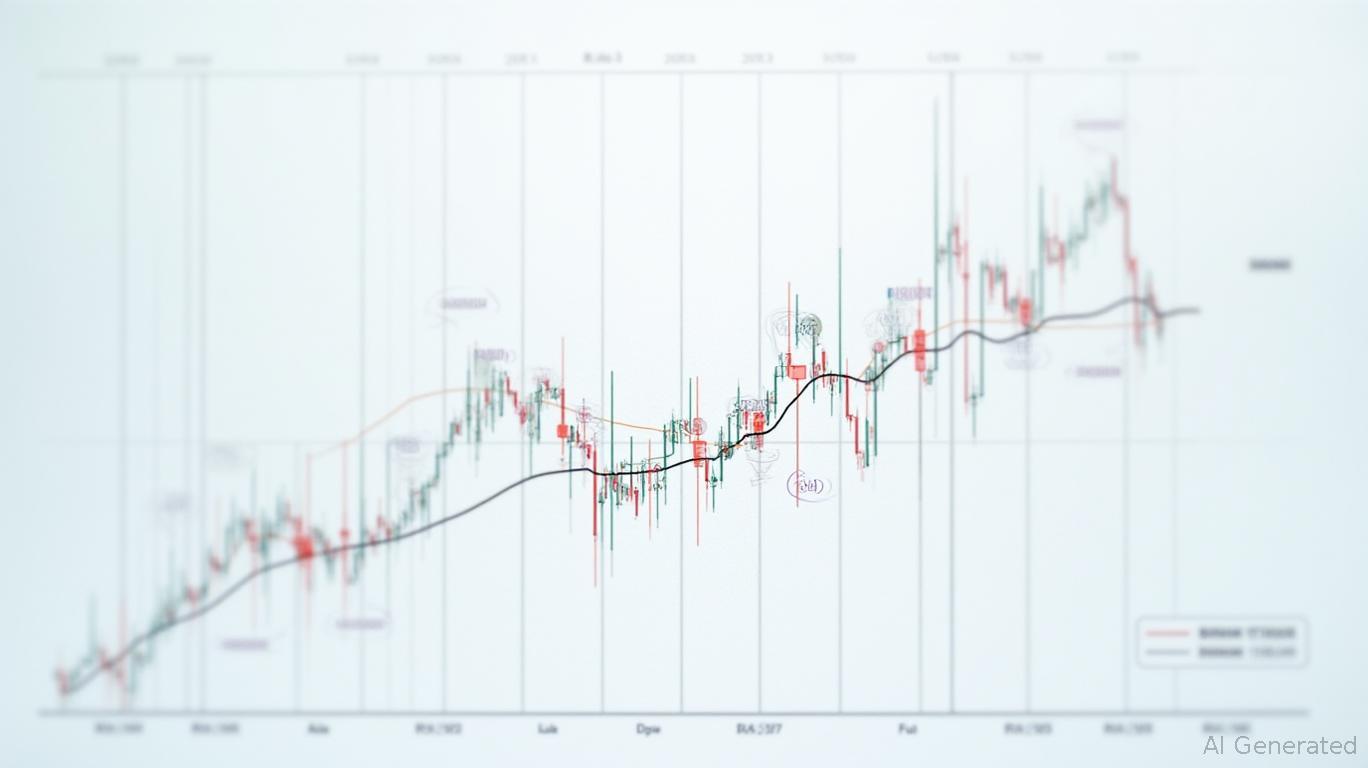The Ruble's Fragile Fortitude: Why a Correction is Brewing
The Russian ruble (RUB) has defied gravity in 2025, appreciating nearly 45% against the U.S. dollar year-to-date despite a volatile oil market and persistent sanctions. While geopolitical tensions and central bank interventions have propped up the currency, cracks are emerging. Analysts warn that the ruble's gains may be unsustainable, with risks of a sharp correction as oil prices weaken and global macro pressures intensify. This article dissects the factors underpinning the ruble's resilience and argues for a short position ahead of a potential depreciation by year-end.

The Ruble's Resilience: A Trio of Pillars
Oil-Driven Trade Surpluses: Russia's energy exports remain a lifeline. Despite falling oil prices to $68/barrel in late June from June highs of $74, the ruble has benefited from persistent trade surpluses. The RUB/USD rate hit 82.23 in May—the lowest since early 2022—thanks to strong export revenues.
Central Bank Intervention: The Bank of Russia has aggressively managed liquidity, maintaining high interest rates (currently at 7.5%) to deter capital flight. Its $580 billion in foreign reserves, though shrinking, still provide a buffer.
- Geopolitical Pricing: Sanctions have forced Russia into a barter system, with energy sales often denominated in rubles or cryptocurrencies. This “petro-ruble” demand has artificially inflated the currency's value.
The Vulnerabilities: A Perfect Storm Ahead
1. Oil Price Sensitivity
The ruble's fate remains tied to oil. While prices have stabilized near $68/barrel, further declines could trigger a cascade. Economists like Petr Shcherbachenko warn that a drop to $45/barrel—plausible if global demand weakens or Iran's sanctions are eased—could push the RUB/USD rate toward 125. The ruble's valuation already exceeds fair value by ~15% when adjusted for oil prices.
2. Sanctions and Capital Flight
Western sanctions continue to erode Russia's access to global markets. A July report from the Institute of International Finance estimates that $120 billion in foreign capital has exited Russia since 2022, with outflows accelerating as the EU tightens banking restrictions. The ruble's strength may mask this underlying fragility.
3. Interest Rate Pressures
The Federal Reserve's potential rate hikes in late 2025 could strengthen the dollar, compounding the ruble's weakness. Meanwhile, the Bank of Russia faces a dilemma: lowering rates to stimulate growth risks capital flight, while keeping rates high stifles domestic demand.
The Case for Shorting the Ruble
The risks of a ruble correction are asymmetric. Key catalysts for depreciation include:
- Oil Below $63/barrel: This threshold, as highlighted by analysts, would trigger a feedback loop of weaker trade balances and ruble selling.
- Sanctions on Energy Exports: New EU or U.S. restrictions could cripple Russia's revenue.
- Seasonal Demand: Lazar Badalov's warning that tourism-driven foreign currency demand could push the RUB/USD rate above 90 by summer is already materializing.
Investment Strategy: Short the Ruble, Hedge with Oil
- Position: Establish a short position on the ruble via USD/RUB futures or currency ETFs (e.g., RUBUSD).
- Timing: Execute before the Q4 “sanctions season,” when geopolitical risks typically escalate.
- Hedge: Pair the ruble short with a long position in Brent crude (via USO or crude ETFs) to mitigate oil-price volatility.
Conclusion: The Ruble's Hourglass is Ticking
The ruble's recent strength is a mirage of oil revenues and central bank engineering. With oil prices wobbling, sanctions tightening, and macro headwinds looming, the currency is primed for a reckoning. Investors who bet against the ruble now may profit from what looks increasingly like an unsustainable overvaluation.
Nick Timiraos is a pseudonym. The views expressed are hypothetical and for illustrative purposes.

Comments
No comments yet